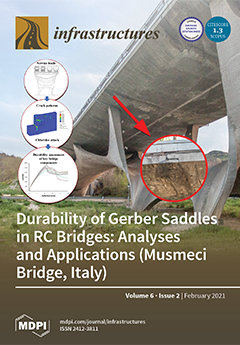Open AccessArticle
Assessing the Effects of Forest Fires on Interconnected Critical Infrastructures under Climate Change. Evidence from South France
by
Athanasios Sfetsos, Frederique Giroud, Alice Clemencau, Vassiliki Varela, Catherine Freissinet, Jean LeCroart, Diamando Vlachogiannis, Nadia Politi, Stelios Karozis, Ilias Gkotsis, George Eftychidis, Ralf Hedel and Stefan Hahmann
Cited by 6 | Viewed by 3914
Abstract
The present work introduces a case study on the climate resilience of interconnected critical infrastructures to forest fires, that was performed within the framework on H2020 EU-CIRCLE project (GA 653824). It was conducted in South France, one of the most touristic European regions,
[...] Read more.
The present work introduces a case study on the climate resilience of interconnected critical infrastructures to forest fires, that was performed within the framework on H2020 EU-CIRCLE project (GA 653824). It was conducted in South France, one of the most touristic European regions, and also one of the regions at the highest forest fire risk that is projected to be amplified under future climate conditions. The case study has been implemented through a co-creation framework with local stakeholders, which is critical in moving beyond physical damages to the infrastructures, introducing the elements of infrastructure business continuity and societal resilience. Future forest fires extremes are anticipated to impact the interconnections of electricity and transportation networks that could further cascade to communities throughout South France. The work highlighted the benefits of enhancing co-operation between academia, emergency responders, and infrastructure operators as a critical element in enhancing resilience through increased awareness of climate impacts, new generated knowledge on fire extremes and better cooperation between involved agencies.
Full article
►▼
Show Figures





